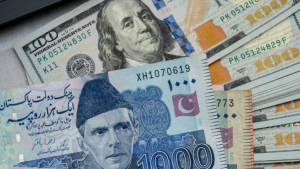
[ad_1]
LAHORE: A bitter dispute has erupted between the Punjab government and teachers’ organizations over the planned privatization of schools. The controversy has led to a strike by teachers, bringing the teaching system in all government schools to a standstill.
The Punjab government aims to transfer 13,219 schools to private management under its privatization plan, with 2,903 schools planned for privatization in the third phase.
Teachers’ organizations, including the Punjab Teachers Union and Educators Association, vehemently oppose the privatization plan. They argue that privatization will threaten their job security, compromise education standards, and limit access to education for marginalized communities.
Chief Minister Maryam Nawaz defends the privatization plan, citing improved school conditions, enhanced academic performance, and efficiency.
However, teachers’ organizations remain unconvinced, pointing to potential negative consequences. In response to the government’s actions, teachers’ organizations have locked up schools, bringing teaching to a halt.
Moreover, Show-cause notices have been issued to the presidents and general secretaries of the Punjab Teachers Union and Educators Association, and legal proceedings have been launched against union leaders.
The Grand Teachers Alliance has called a meeting to announce a new strategy for intensified protests, including rallies, demonstrations, media campaigns, and engaging with parents and civil society.
The alliance demands an immediate halt to privatization, job security guarantees, and consultation with teachers in education policy-making.
Meanwhile, the education department is experiencing record-low admission rates during the first and second phases of the admission drive, which may be linked to the controversy.
The standoff between the Punjab government and teachers’ organizations continues, with far-reaching implications for the education sector and the future of thousands of students.
The Punjab government plans to privatize another 15,000 schools by 2025, leaving only 35,000 schools under direct public administration.
The teachers’ strike and protests highlight the urgent need for a resolution to this contentious issue.
[ad_2]
Source link





